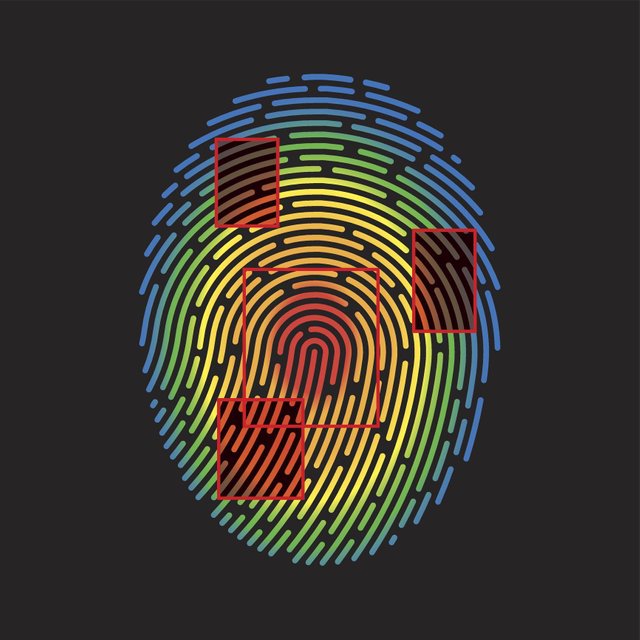Crime Scene and DNA Fingerprinting
DNA fingerprinting is the technique of identifying an individual's DNA traits by his or her genetic traits detected by molecular structures within the genes. DNA profiling designed to identify an unknown species, and not an individual, is known as DNA bar coding. Once the DNA sample is collected from a person, the DNA is then sent to a molecular biology laboratory where DNA profiling experiments are performed in order to generate a profile of the genetic material present in the sample. If the genetic material present in the sample matches that of the expected species, the match is confirmed.
In the early years of DNA fingerprinting, dna fragments were extracted from fat cells using enzymatic digestion and was identified using light energy. This method has been used extensively for many years, but it is quite inefficient. Today, many laboratories have incorporated newer techniques such as bead separation, DNA sequence detection, and Electrophoresis and Crystal violet technologies which enable much higher efficiency rates when DNA fingerprints are compared between different samples. The most commonly employed techniques are Polymerase chain reactions (PCRs) and DNA electrophoresis. While both processes yield dna fingerprints with similar intensity, they differ in the rate of readability of the resulting profiles.
Another technique used in DNA fingerprinting is MS and MSU typing. This method involves using short tandem repeats of DNA bases as template and verifying them using short tandem repeats of DNA fragments called minisatellites. Because multiple sequences can be compared using the same primer and template, this method gives highly accurate results.
One method used in DNA profiling is called x-ray film fingerprinting. This technique yields a highly repeatable image of the DNA sequences based on minor variations in the position and orientation of the DNA bases. This method is effective in situations where the DNA samples are not ready to be submitted for analysis with PCR. The highly repeatable images are produced by heating the sample in an x-ray film in the presence of ionizing radiation. These images are highly reliable and have high recall value.
Polymerase chain reactions (PCRs) and DNA fingerprinting using minisatellites can also be utilized to detect and profile human DNA. The restriction of primer and DNA complementary DNA templates allows for precise measurements. Because the repeat sequences of the DNA base pairs are known, the researcher is able to determine the length of the sequences using the Repeat Identification DNA Labeling system (RIDLC) and the Hydrogen Peroxide nickution method.
RFLP-based DNA profiling from a single blood draw can also be used in the determination of the genotype of a sample of blood or serum. The test is based on the principal of hybridization between DNA variants of known origin, and can also provide valuable information concerning ancestry. The pgM method is very useful for the forensic science community, especially in cases where blood or serum samples are difficult to obtain.
As illustrated in the illustration showing a gel from a blood sample can be diluted with water and used to make a sample for RFLP analysis. This dilution process is shown in the dashed areas of the gel image. After the sample has been diluted with water, the gel can then be used in RFLP experiments and generated with different dna fingerprints. The different dna fingerprints can then be compared with those from the sample in order to detect matches.
As mentioned earlier, DNA testing has become increasingly popular and there are now many companies offering DNA fingerprinting services for a fee. DNA Profiling involves both RFLP and DNA profiling of DNA samples. Both these methods are used to determine whether specific sample reveals unknown biological markers that may be used to positively identify the sample. In addition to performing crime scene analysis, DNA labs also commonly perform paternity and maternity tests. These tests reveal whether the DNA samples obtained from a crime scene match the DNA profile of the alleged father, mother or child.
Sources

For more,you can visit this community
JOIN WITH US ON DISCORD SERVER: